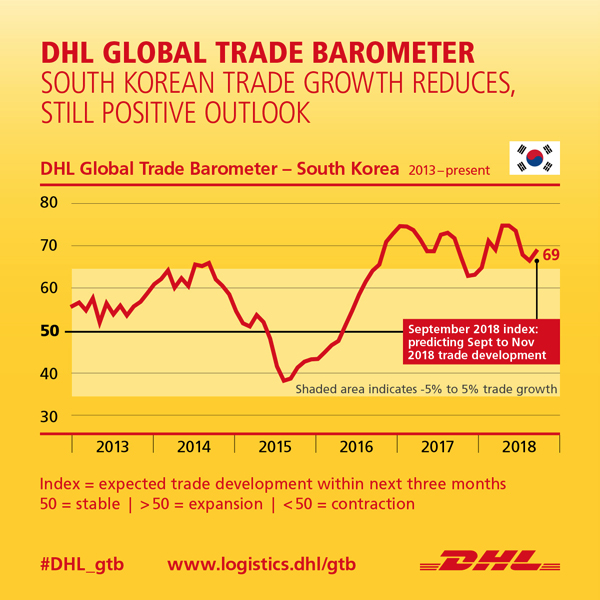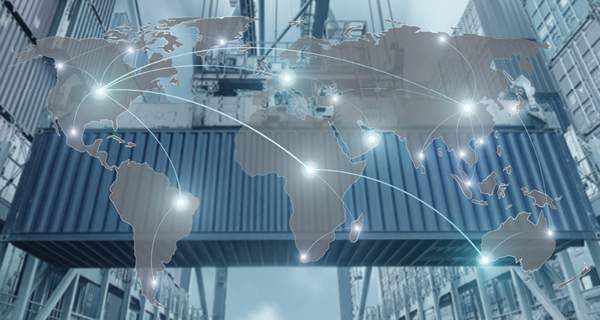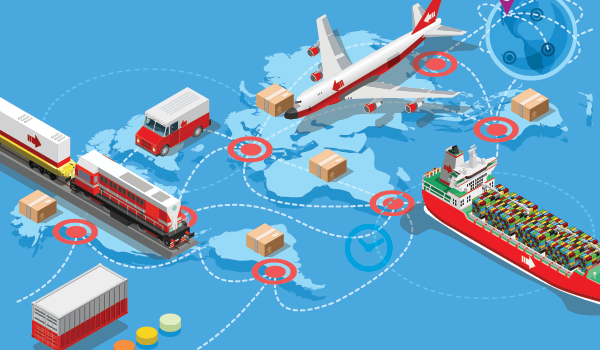Articles
Export

Strong Im/Ex Market Fuels South Korea Trade Growth
Air trade in South Korea will remain steady due to strong exports of high technology, basic materials, and machinery parts, as well as imports of industrial raw materials and machinery parts, predicts the DHL Global Trade Barometer, an early indicator of global trade developments calculated using artificial intelligence and big data. The Barometer also expects […]
Read MoreFTAs Top Concern of Importers/Exporters
To gauge shipper perspectives on trade in today’s world, and particularly about the shift in free trade agreement (FTA) focus, global logistics and transportation solutions company BDP polled U.S. importers and exporters attending its 29th Annual Regulatory Compliance Seminar in Houston in late February. The results confirms that FTAs remain in the forefront of the […]
Read More
Global Trade Content: Unlocking the Supply Chain Value
New Content-as-a-Service solutions deliver content that exists outside an organization. This outside-in perspective is spurring companies to find new value to make supply chain planning and execution inherently more intelligent—especially when it comes to global trade. Content solutions can, for example, help companies properly classify goods to ensure compliance while minimizing duties and tariffs; research, […]
Read More
Commentary: Mitigating Supply Chain Risk
Think of shipping cargo like a financial portfolio: It’s important to diversify. That’s because there are inherent risks when shipping via air and ocean: delays, damaged cargo, weather events, etc. Cargo insurance, though critical, isn’t always enough to protect you and your business. You need a plan that covers all the predictable and unpredictable risks, […]
Read More
Enhancing Supply Chain Continuity: What We Learned from the Port of Tianjin Explosion
Just as the Chinese word for crisis contains the characters for danger and for opportunity, a disaster in China was the catalyst for creating an enhanced business continuity management system and a more robust supply chain offering. Challenges in supply to China There are challenges in supply of gases and chemicals to China. Import/export lead […]
Read More
Ocean Freight Visibility on the Horizon?
Inbound Logistics attended the Digital Difference event in NYC where Maersk unveiled its partnership with Microsoft. What does that mean for ocean shippers? The possibilities are exciting. In the works… Connected vessels: Ships “talk” to each other to improve performance and make shippers’ supply chains more predictable. Actionable data: Shippers can see exactly where their […]
Read More
GTM Solutions: Making a World of Difference
How Global Trade Management (GTM) solutions automate complex international supply chain sourcing, logistics, cross-border trade, and regulatory compliance activities.
Read More
Redefining Globalism?
Not long ago, Deutsche Bank, Thomas Friedman, and many economic experts announced that globalism is dead. Even technology visionary Peter Thiel recently said, "The tide on globalism is going out." Deutsche Bank chief strategist George Saravelos frames globalism’s death notice this way: "The world has been on a ‘globalizing’ trend since the end of World […]
Read More
Global Trade Changes Course
6 global trade rule changes you should know before you move your next import/export shipment.
Read More
Latin American Logistics: Learning the Tricks of the Trades
Working with a specialist can remove the stumbling blocks that can impede trade between the United States and Central and South America.
Read More